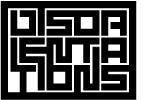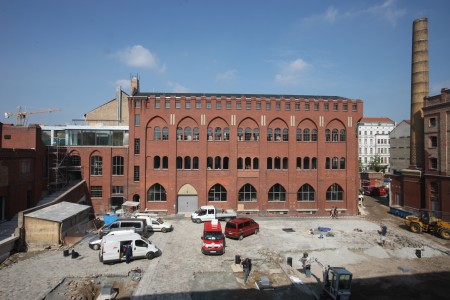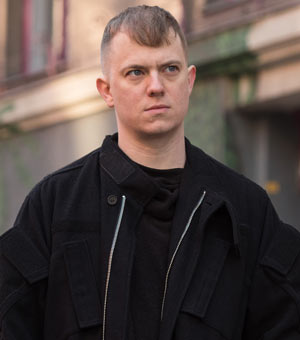Olafur Eliasson’s Reading List
by Travis Jeppesen on October 2, 2008
While I agree that Olafur Eliasson’s upcoming professorship at the Universität der Künste in Berlin is a good thing, I don’t know that it’s the revolutionary event that Christy Lange at Frieze makes it out to be.
Looking at the reading list that Eliasson provides in the article linked above, I noticed that there is not a single work of art criticism, poetry, or fiction contained on that list. Instead, Eliasson’s students will be expected to read a bunch of theory and a single biography (of artist Robert Irwin.)
This is hardly a groundbreaking reading list for art school, and in fact, situates Eliasson – and his students – firmly within the institutional nexus that produces so much bad, ideologically-fueled art. Eliasson admits as much in the course of the article:
‘I am constantly navigating institutional architecture,’ he explains, ‘not just as a person but as a studio.’ Eliasson believes that no artistic idea is impervious to these structures and influences.
Okay, Olaf, but that doesn’t mean we all have to dwell in their shadows. If you want your students to think abstractly about sculpture, they’d get a lot more from reading the “difficult” novels of Gertrude Stein than Daniel Birnbaum’s remarks on Husserl’s phenomenology. I’m not saying that theory is completely useless, just that it shouldn’t directly inform artistic practice; I’d rather have it vice versa, to be honest.
I happen to like Eliasson’s work a great deal, but I can’t imagine what anyone would get from studying with him, other than to become an Eliasson clone. At the same time, despite the novelty of Eliasson’s proposed studio, one glance at his reading list asserts that he will do little more than re-assert the institutional status quo. In turn, we can expect a lot more institutional art to come out of his studio – the masturbatory art of today becomes the masturbatory art of tomorrow.
It is a pedagogical necessity to shift away from theory and towards literature, for the simple reason that the former is digestive while the latter is generative. We are bored with art that merely comments on the external world; we are ready for an art that actually forms or disrupts part of that world. Poetry and fiction and theater provide useful departure points for creation in the visual realm, and art criticism provides direct models for different ways of seeing in that realm.



One comment
[…] Wenn ihr mit Olafur Eliasson’s lahmer? Reading List durch seid könnt ihr hier weiterlesen: Michail Bachtin, “Rabelais und seine […]
by Florenz — uno di voi un tedesco in firenze « HoertAuf on October 5, 2008 at 9:22 pm. #